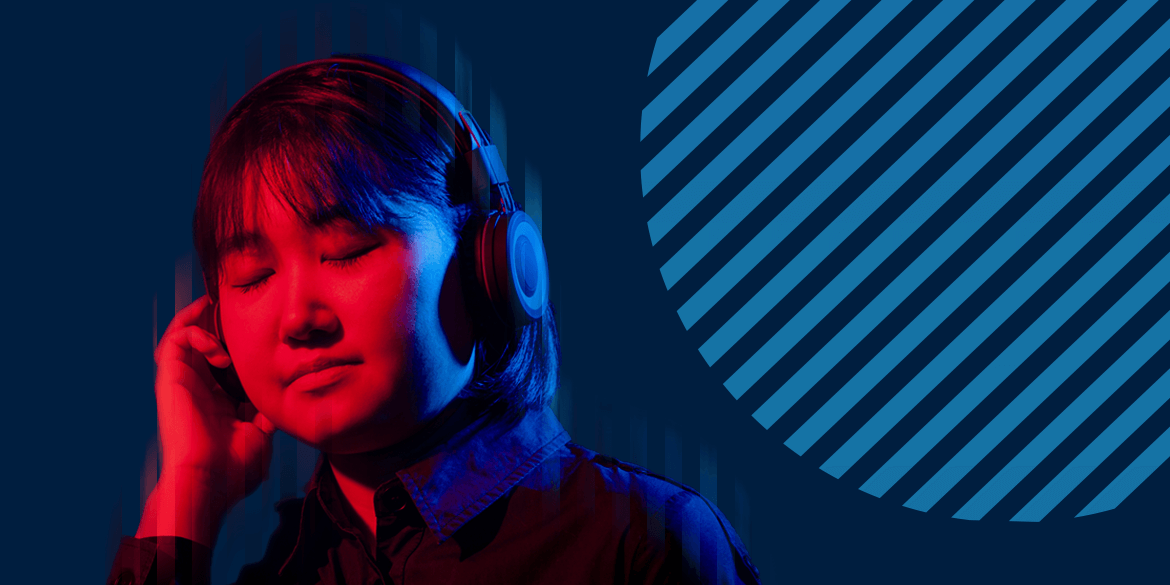When change is constant, what does good look like?
14 Mar 2024
 5 mins
5 mins

You can’t always get what you want
You can’t always get what you want
But if you try sometime, you just might find
You get what you need!
Back in the summer of ’69, Mick Jagger and Keith Richards put pen to paper and wrote what would become one of their most popular songs and an all-time classic containing timeless wisdom.
It’s fair to say that what companies looking for localization services want is high-quality translations, quickly and cheaply. As localization professionals, we know you can have one, maybe even two of the three, but no matter how much you want it, you can’t have all three – there’s always a trade-off between quality, speed and cost.
But what if technology could get us tantalizingly close to being able to give people what they so desperately want? What if the latest developments in AI and large language models (LLMs) can get us to a place where even though we can’t give people exactly what they want, we can go beyond what people need?
It’s an exciting prospect.
In our previous blog, Everything changes, we looked at how the adoption of generative AI by businesses exacerbates the content explosion, but also how as an industry we need to use this same technology strategically if we’re to satisfy this seemingly insatiable demand.
So how can technology get us there?
There’s a limit to how many words a human translator can translate in a day – generally accepted to be around 3,000 words a day with a CAT tool. So if we want to meet this explosive demand for content and give clients what they desire, translation technology has to be at the very heart of our solution. However, technology alone won’t solve every challenge – it may be faster and more economical, but it can’t guarantee the accuracy companies need for their content.
A blended approach is required that makes the best use of their respective strengths – the speed of machines and the accuracy of humans. Luckily this already exists, is tried and tested, and is in widespread use – it’s called machine translation post-editing (MTPE).
However, even with the use of machine translation, MTPE and other translation technologies, there remains a significant chunk of the process that still requires human input – which inevitably slows things down. If we can use technology to increase the share of the process done by machines and reduce the amount of time spent by humans ensuring accuracy, then we’ve got a winning combination.
LLMs have a critical role to play in delivering better translation. Until recently they were virtually unheard of outside of the tech and localization industries, but have become a hot topic over the last year as they underpin the buzzworthy generative AI tools, such as ChatGPT, that everyone has been talking about. Their strength lies in producing natural sounding text that feels like it’s been written by a human rather than a machine. As such, they have a key role to play in helping to produce higher quality fluency for translations that feel more human and less machine-like – and that can be produced much faster and more cost effectively than with current processes. They enable greater automation and therefore less human involvement.
And if this solution can self-learn, so the more you use it, the better it applies your preferences, terminology and brand messages, then we are getting much closer to being able to give people what they want. Any such solution would deliver significant efficiency gains for companies – gains that they can then choose to use in a number of ways.
Companies could translate more content as translation budgets will stretch that much further. Or they could translate into more languages and make more of their content accessible to more customers around the world. Companies could go-to-market faster with the time gained by faster delivery. Or companies could simply reduce their costs. In reality, most companies would opt for a combination of these.
Such a solution would also benefit from economies of scale – the more widely it is deployed across an organization, and the more it is used, the better it becomes and the bigger the efficiency gains it could achieve for the organization on an ongoing basis. And for localization professionals, use of such a solution may open up a more strategic role. If they become central to delivering significant efficiency gains, then they become much more critical and valuable to the business.
Translation technology continues to develop and holds the promise that, before long, our clients may not only get what they need, but also what they want.
To see how RWS is using GenAI and LLMs to improve its translation solutions please visit our page on Evolve.
